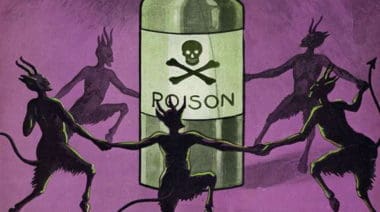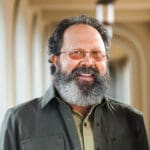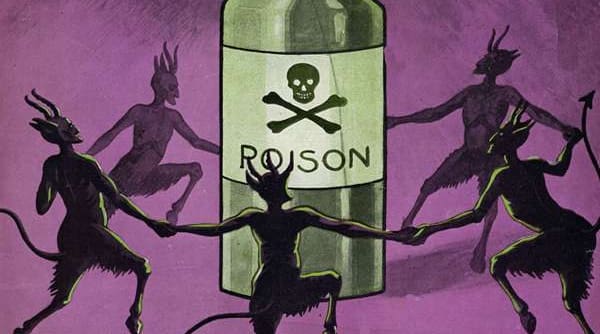About a decade before I converted to Catholicism, I was struggling with aridity. Former Protestants can attest to the fact that there is little help in Protestantism for this or any other significant malady in the realm of spiritual progress. So, I began searching, and I stumbled across a priest who had written on the topic. This priest provided me with the wisdom I  needed – wisdom the Holy Spirit used to not only help me get past that particular challenge, but also to deepen my understanding of how the Lord works in and through aridity to further our union with him.
needed – wisdom the Holy Spirit used to not only help me get past that particular challenge, but also to deepen my understanding of how the Lord works in and through aridity to further our union with him.
After becoming Catholic, I discovered that this author had been condemned by the Church, and appropriately so, for the heresy of Quietism. Even so, I still have some affection for this priest and a great appreciation for what God did through my encounter with him – and with the portion of his writings that were in keeping with the teachings of the Church.
Even before becoming Catholic I learned that there was an abundance of wisdom available on the topic of aridity from trustworthy spiritual doctors of the Church like Sts. Teresa of Avila and John of the Cross. So, I traded in the writings of this condemned priest for those who have been proclaimed great saints by the Church. To do any less would reflect a disordered clinging to a priest who served up spiritual poison alongside some important truths.
This brings me to the purpose of this post. When I personally seek out and drink from the wisdom of the Church, I do so from the purest wells possible (the doctors of the Church). But, taking it a step further, as a public figure (whatever that means), I also will not quote from questionable resources, even if I only agree with them in part. The reason is that in our culture, even a partial reference is often seen as a full endorsement of all that the quoted author has written.
In the past world of academia, this was not a problem because the academic conversation was not open to the general public. Thereby, lesser formed hearts and minds would not be damaged by a partial exploration into the thoughts of those who provided some valuable insights, but were less tethered to the truth overall. Because of the ubiquitous flow of information in our time, this kind of exploration, once it even touches the edge of the all-knowing communication vortex, becomes completely accessible to the masses – and the result is often damaging to unsuspecting souls.
As an example, Teilhard de Chardin has been quoted by Pope Benedict, Cardinal Avery Dulles and many other perfectly reliable scholars. However, I am also aware that, according to the official stance of the Holy See, Chardin has deeply flawed theological and philosophical issues in his writings – so much so that they have condemned his writings no less than twice. The second monitum was issued to reaffirm the first and can be found here. Scholars and teachers of our time must be more aware of the consequences of references to those who can and will lead unknowing seekers deeper into error.
Chardin may have innocently participated in the Piltdown Man hoax, and he may have unknowingly meandered on the edges of theological and philosophical sanity. However his ideas and the related fruits were and are sufficiently problematic to incur official sanctions from the Holy See which characterized them as having “grave doctrinal errors.” Is the phrase “grave doctrinal error” in any way unclear?
The bottom line? If we want to know who we can trust to help us understand how to pursue God with all of our heart, soul, mind and strength, we must look to those who lived holy lives that were beyond reproach, and those whose teachings have been thoroughly tested and found true. If we stick with the spiritual doctors of the Church and those who know them well, we will avoid the potentially severe spiritual injury caused by drinking from a poison well. Our hearts may settle for less, but they will never rest until they receive the Pure Water that truly fulfills all holy desire.
PS: If you have a deep desire to plunge into the authentic and profound spirituality that the Catholic Church provides, you might want to explore the options at the Avila Institute for Spiritual Formation.
+
Art for this post on Who Can I Trust?: Detail of “Car-Barlick-Acid Rag” Clarence C. Wiley. Detroit, MI & NY NY: Jerome H. Remick & Co., 1905 sheet music cover., Clarence C. Wiley, 1905, PD-US copyright expired, published in the U.S. prior to January 1, 1923, Wikimedia Commons.





